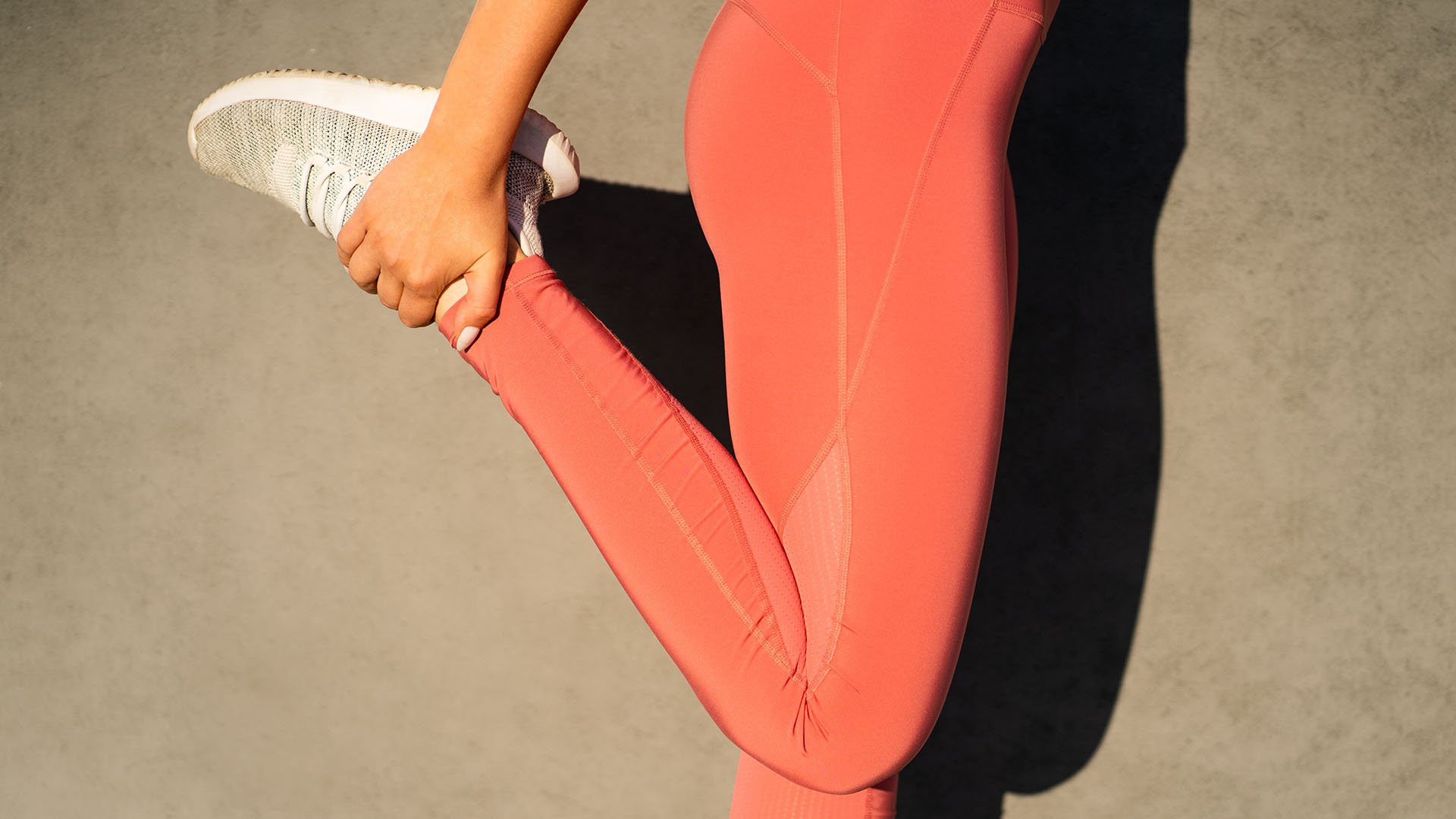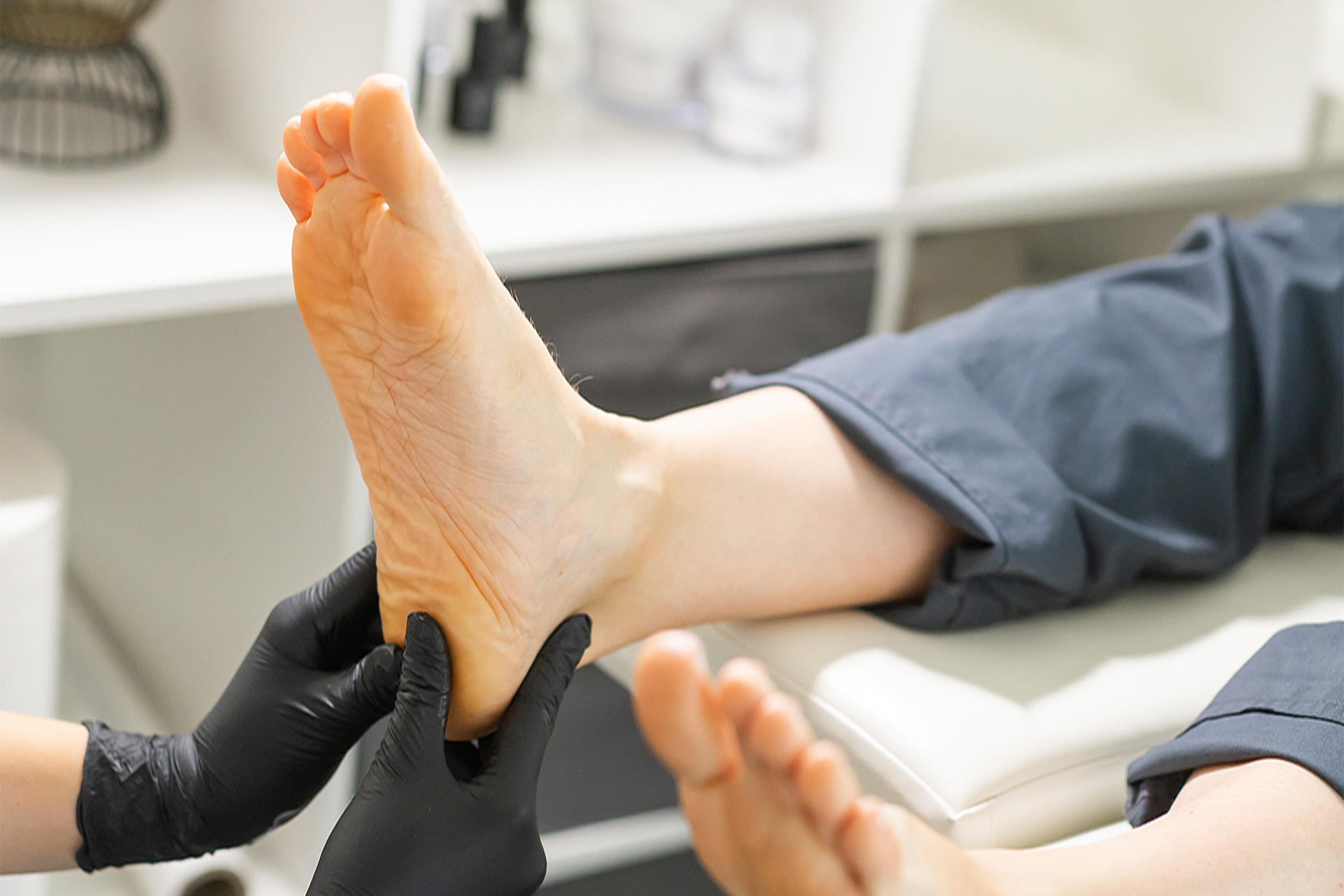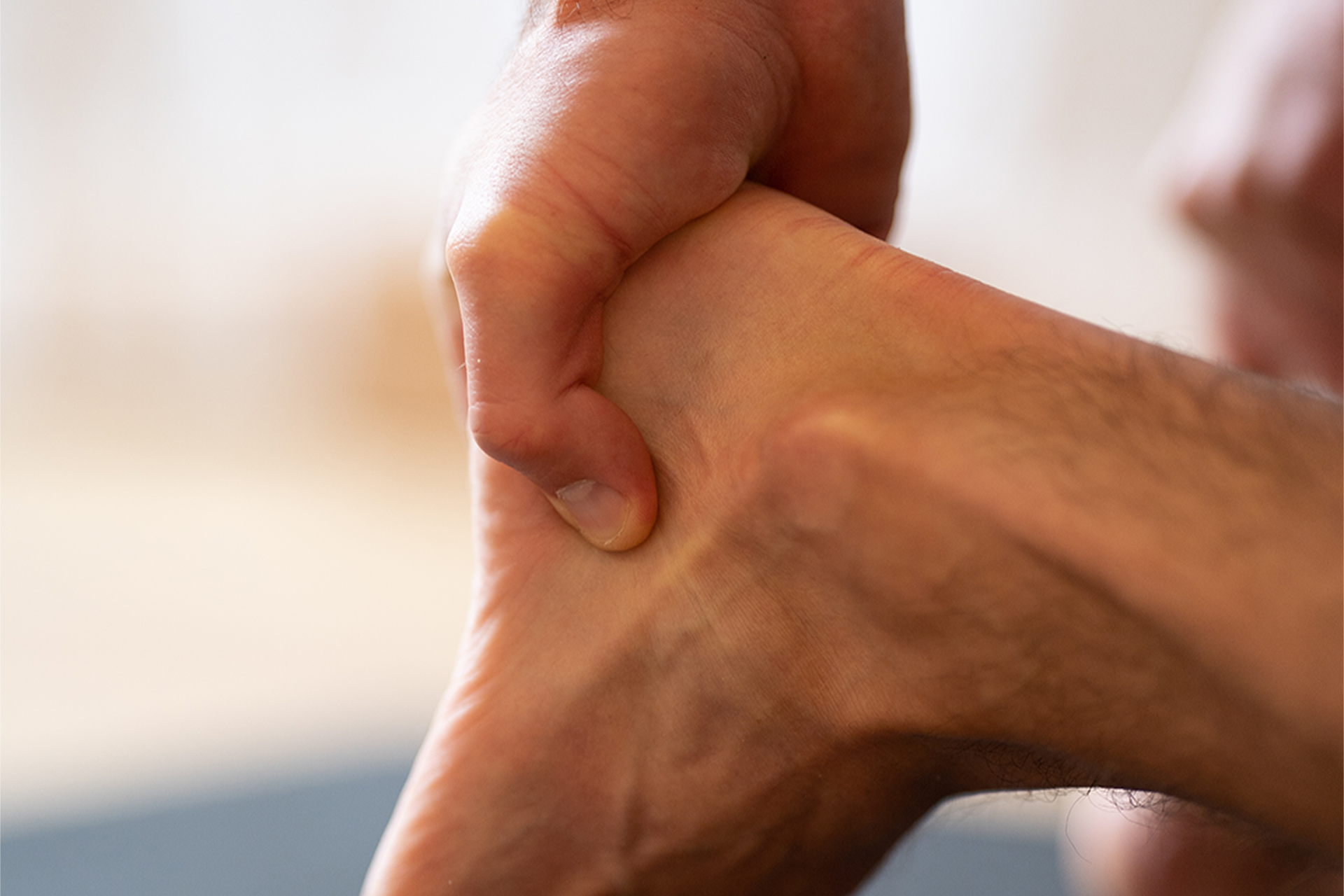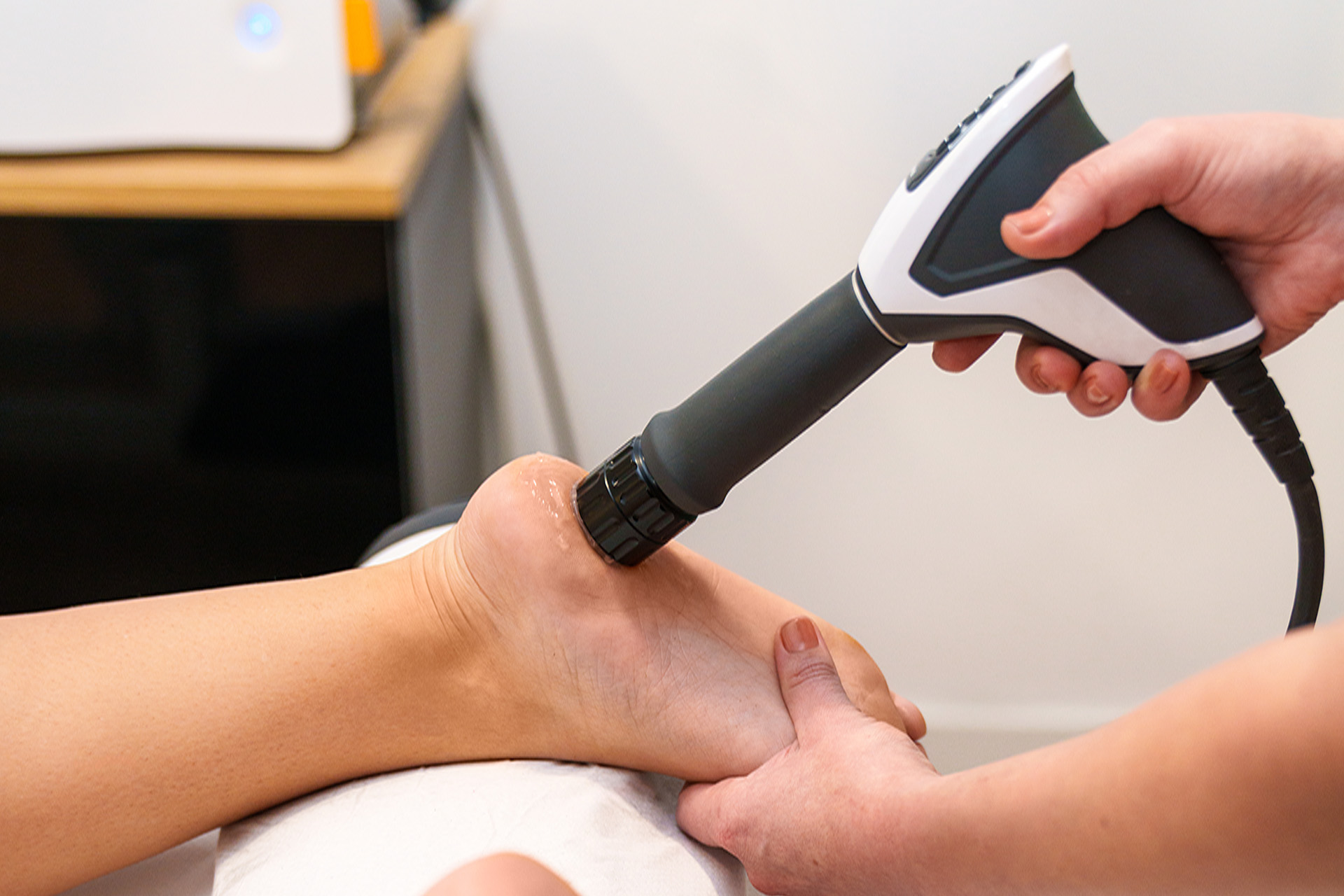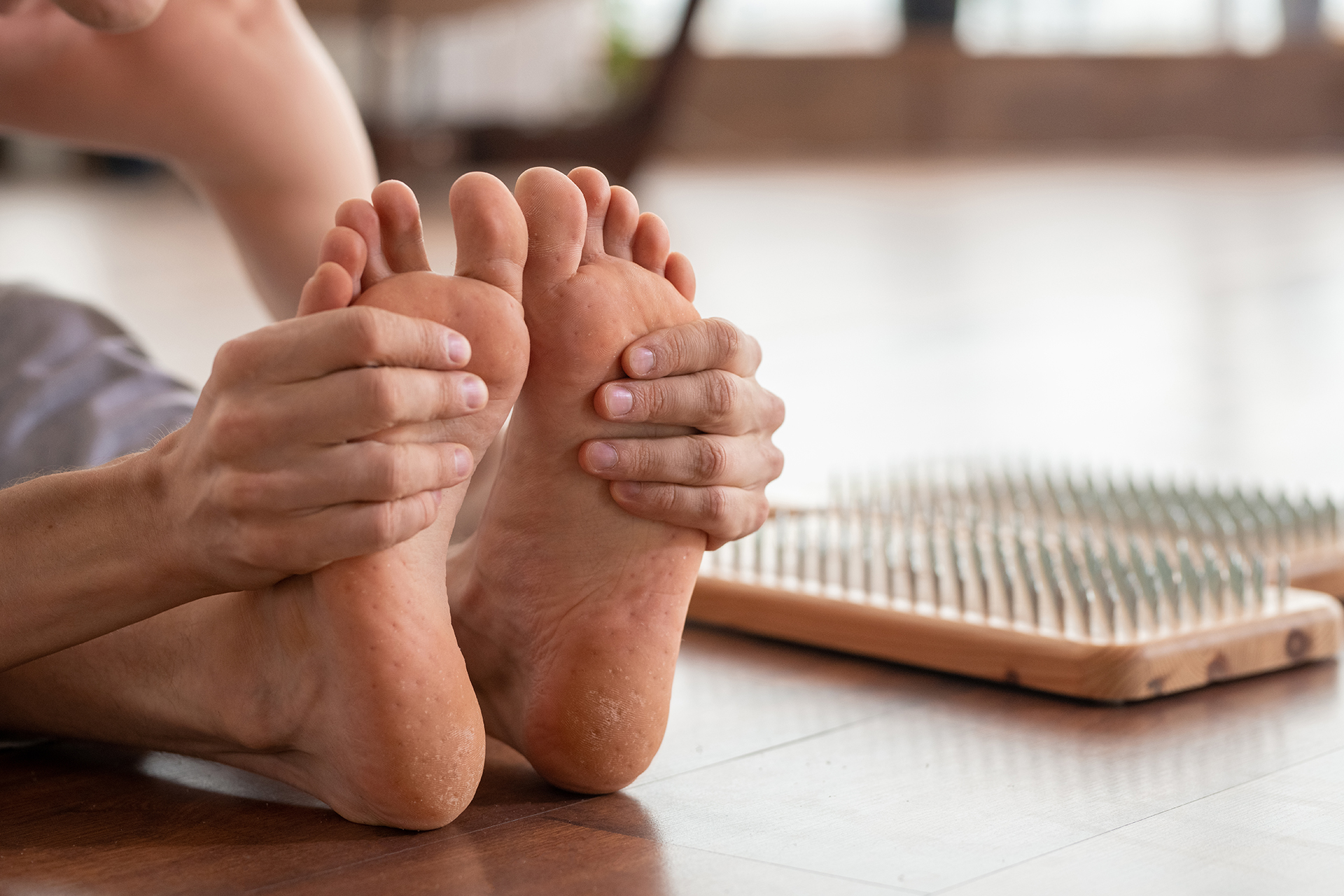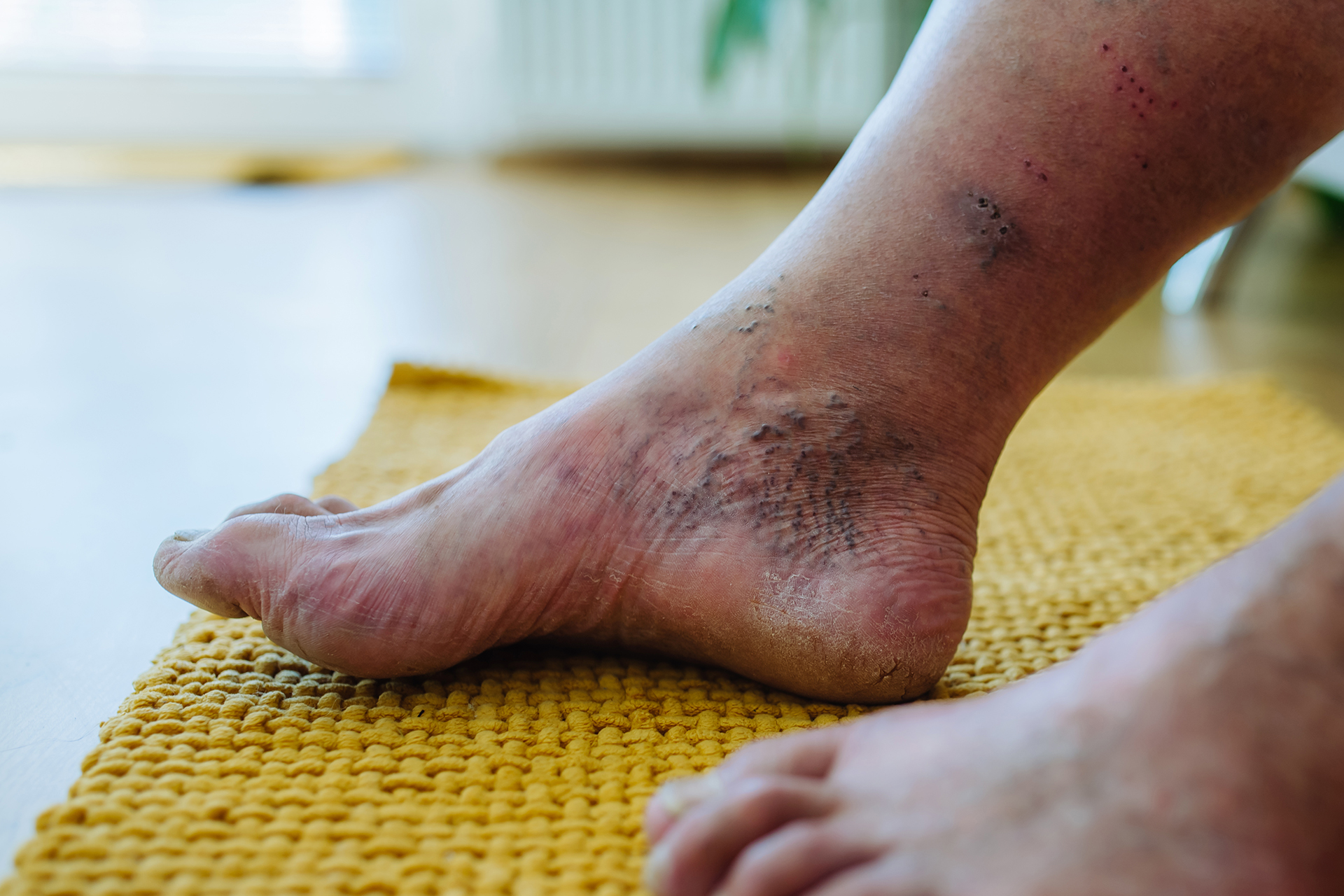Common Symptoms of Iliotibial Band Syndrome
Many people confuse iliotibial band syndrome with a knee injury because the main symptom of the disorder is pain and swelling on the lateral aspect of the knee. You can identify the problem as being from the iliotibial band if you bend at the knee so the knee is at a 45 degree angle. If the problem is from the iliotibial band, you will suffer from pain on the outer aspect of the knee.
Causes of Iliotibial Band Syndrome
Iliotibial band syndrome can happen anytime you perform an activity that results in an inward turning of the leg on a repeated basis. This usually happens when you try to run with shoes that are no longer supporting you well, are often running downhill or are running on uneven terrain with banked surfaces.

You don’t have to be a beginning runner in order to have iliotibial band syndrome. Those who have run for a long time can get this injury as well. The iliotibial band is narrower and thinner at the knee when compared to the thigh and there is friction between the iliotibial band and the femur bone. This results in inflammation of the area. Iliotibial band syndrome is especially common in women because women tend to have hips that are tilted in such a way as to cause in-turning of the knee.
Diagnosis of Iliotibial Band Syndrome
The diagnosis of iliotibial band syndrome is made by taking a careful history and physical examination of the affected leg or legs. Swelling and tenderness can be felt along the iliotibial band, particularly at the level of the knee. X-rays are only done in order to rule out some other problem with the knee. An MRI scan can be done if the question of the diagnosis is in doubt and will show a thickened area in the band where the inflammation is at its greatest.
Treatment of Iliotibial Band Syndrome
The best way to treat iliotibial band syndrome is to stop running or slow down your running mileage as soon as you feel the pain. This can turn in to a chronic problem if you keep running at the pace you have been running.
Instead of running, do some cross-training by running in the pool against the resistance of water, swimming in a pool, rowing exercises, and bicycling. You can’t use a stair-stepper or climb stairs because this will also cause the pain to occur. Practice doing side stretches or apply ice to the affected area for thirty minutes at a time. Heat will soothe the pain but may aggravate the inflammation. Your doctor may also recommend ultrasound treatments or electrical stimulation to reduce the pain and inflammation.
If the problem with your iliotibial band doesn’t resolve with conservative measures, you may need to see a specialist in sports medicine who can inject the band with hydrocortisone in order to maximize the healing process and break up any scar tissue that may have formed. Hydrocortisone injections need to be done sparingly as they can cause weakening of the iliotibial band.
If none of the above measures work, surgery can be done to release the iliotibial band and free it up and away from the bone.
Prevention of Iliotibial Band Syndrome
You can prevent iliotibial band syndrome by practicing the following steps:
- Rest the leg or run less on days when the pain is at its most severe. This will take down the inflammation of the affected leg.
- Before running, walk for a half a mile or so to stretch the band and get it warmed up.
- Check to make sure there isn’t a wear pattern on the outer part of your shoe. If this is the case, you need to get different shoes that won’t aggravate the problem.
- If there is no traffic, try to run in the part of the road that is the flattest. This is usually the center of the road.
- Try not to run on concrete as this can inflame the iliotibial band even more.
- If you are running on a circular track, don’t keep running in the same direction but instead change your direction often to prevent repetitive rubbing on the same place in the bone.
- See a podiatrist for orthotic devices that can allow you to run better and avoid the pain of this syndrome.
Make an appointment if you’re suffering from iliotibial band pain. Or, find out more about sports injury and podiatry treatments.

